Stamps, those tiny pieces of paper adorned with intricate designs and colorful images, may seem insignificant at first glance. However, delve deeper into the world of philately, the study of stamps and postal history, and you’ll discover a fascinating realm rich in history, culture, and art.

From their humble beginnings as practical postal tools to coveted collectibles cherished by enthusiasts worldwide, stamps have captured the imagination of generations. Let’s embark on a journey through the enduring appeal of stamps.
A Brief History
Stamps have a surprisingly long history, dating back to the early 19th century. Before the introduction of stamps, letters were typically hand-stamped or marked by postal officials, leading to inefficiencies and inconsistencies in postage systems. The need for a standardized method of prepaying postage led to the introduction of the adhesive postage stamp.

In 1840, Great Britain revolutionized the postal system with the issuance of the Penny Black, the world’s first adhesive postage stamp. This small, black stamp featured the profile of Queen Victoria and became an instant success, providing a convenient way for people to prepay postage. Other countries soon followed suit, issuing their stamps with unique designs and denominations.
Artistic Expressions
One of the most captivating aspects of stamps is their artistic diversity. Stamps showcase a wide range of artistic styles and themes, from intricate engravings to vibrant illustrations. Artists and designers have used stamps as a canvas to depict national symbols, historical events, famous personalities, flora and fauna, and cultural heritage.
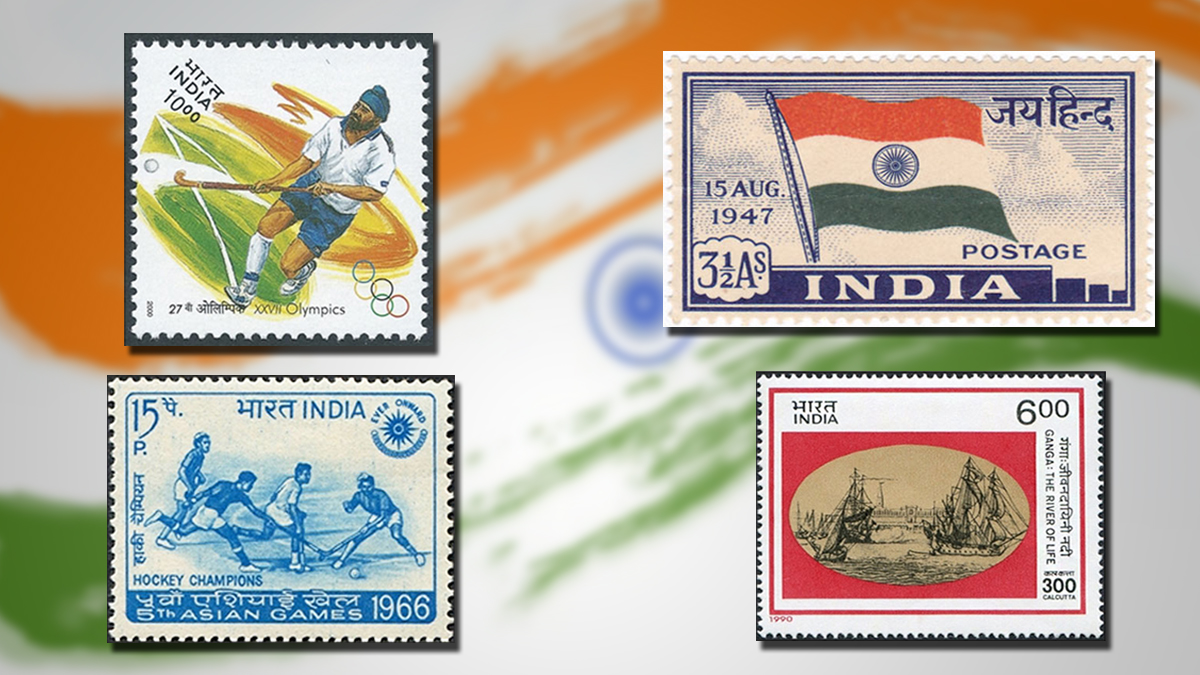
Stamps also serve as a reflection of a nation’s identity and values. They often feature iconic landmarks, traditional costumes, indigenous art, and significant achievements, offering a glimpse into the cultural and historical heritage of a country.
Collecting and Philately
The act of collecting stamps, known as philately, has been a popular hobby for centuries. Philatelists, or stamp collectors, derive joy from acquiring, organizing, and studying stamps worldwide. Some collectors focus on specific themes, such as birds, sports, or space exploration, while others aim to amass stamps from every country or period.
Philately isn’t just about acquiring stamps; it’s about uncovering the stories behind them. Each stamp tells a tale, whether it’s the history of its design, the significance of the depicted subject matter, or the journey it took from sender to recipient. Philatelists often delve into postal history, researching postmarks, postal routes, and the evolution of postal services.
Investment and Rarity
While many collectors pursue stamps for the sheer pleasure of the hobby, others view stamps as investment opportunities. Rare and valuable stamps can fetch substantial sums at auctions and sales, making philately a lucrative venture for some enthusiasts. Factors such as condition, rarity, historical significance, and demand influence the value of stamps in the collector’s market.

Certain stamps have attained legendary status due to their scarcity or historical importance. For example, the British Guiana 1c Magenta, issued in 1856, is one of the rarest stamps in the world, with only a few known examples in existence. Its mystique and allure have made it the holy grail of stamp collecting, fetching record prices whenever it surfaces for sale.
The Future of Philately
In an increasingly digital world, some may question the relevance of stamps and philately. However, the allure of tangible artifacts and the intrinsic value of stamps as cultural artifacts ensure that philately will endure. Moreover, the rise of online marketplaces and digital resources has made stamp collecting more accessible to enthusiasts worldwide.
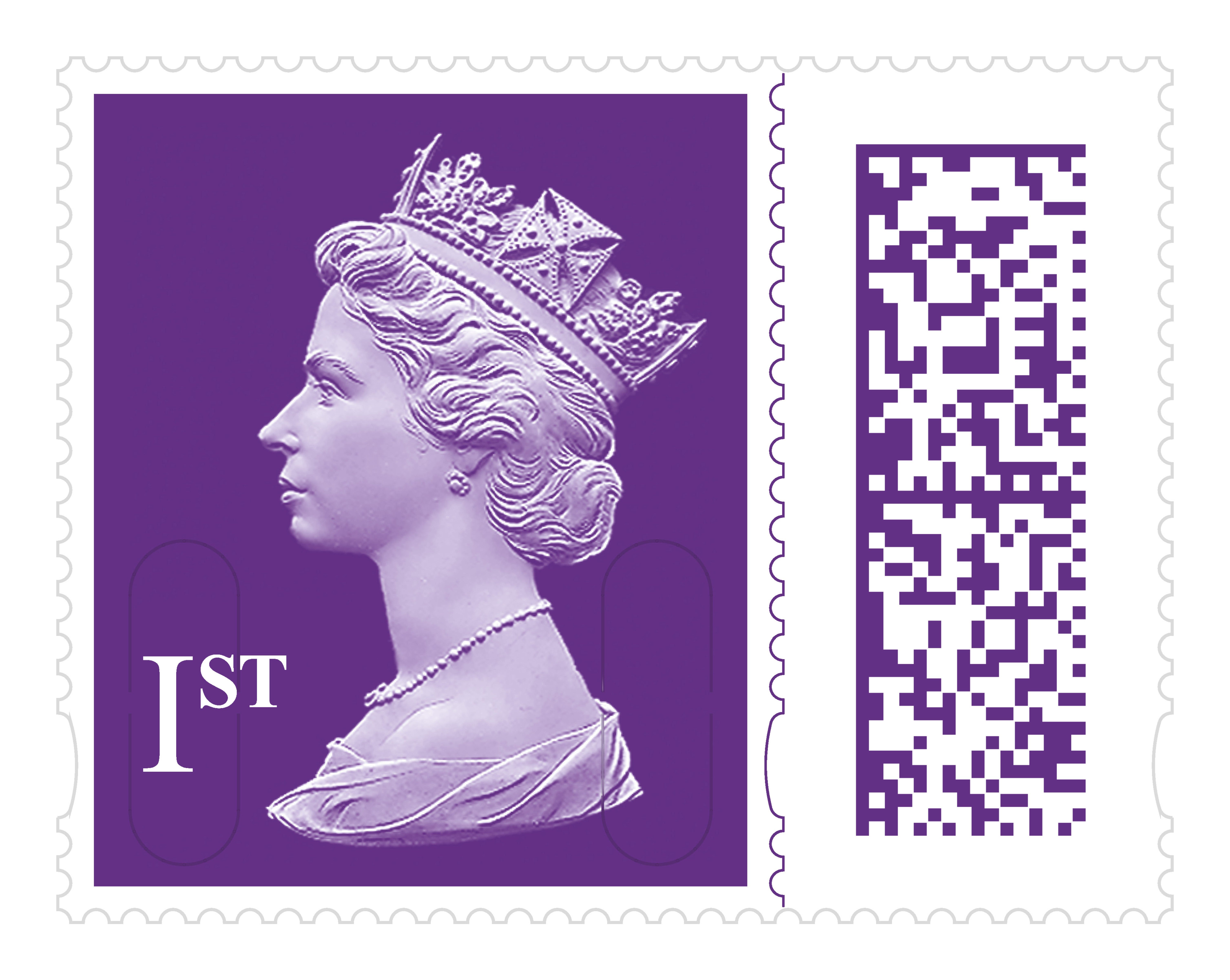
As we embrace the digital age, stamps continue to evolve, with postal administrations issuing commemorative stamps and thematic collections that appeal to both collectors and the general public. Stamps serve as postage and ambassadors of art, history, and culture, bridging distances and fostering connections across borders.
Conclusion
Stamps may be small in size, but their impact is immeasurable. From their humble beginnings as tools of postal efficiency to cherished collectibles revered by enthusiasts worldwide, stamps have transcended their utilitarian purpose to become symbols of art, history, and culture.

Whether you’re a seasoned philatelist or a casual admirer, the world of stamps offers a treasure trove of discovery and delight, waiting to be explored.


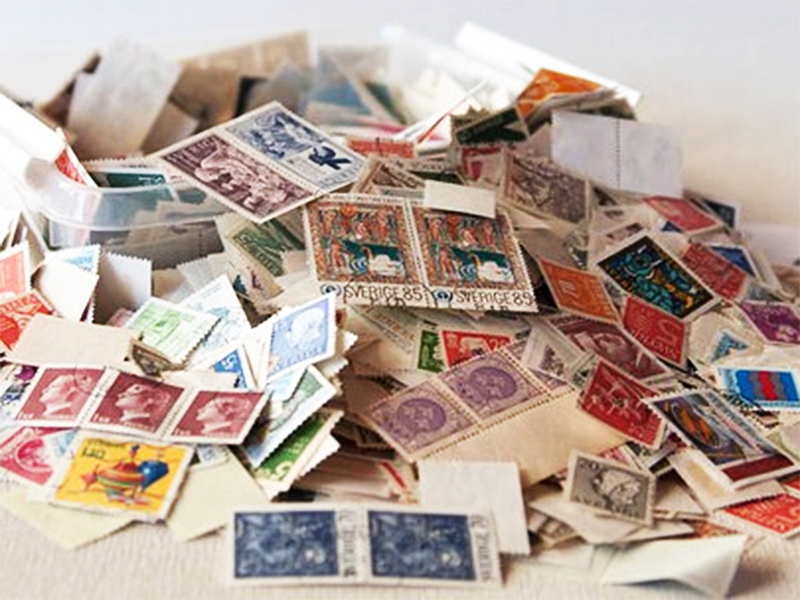
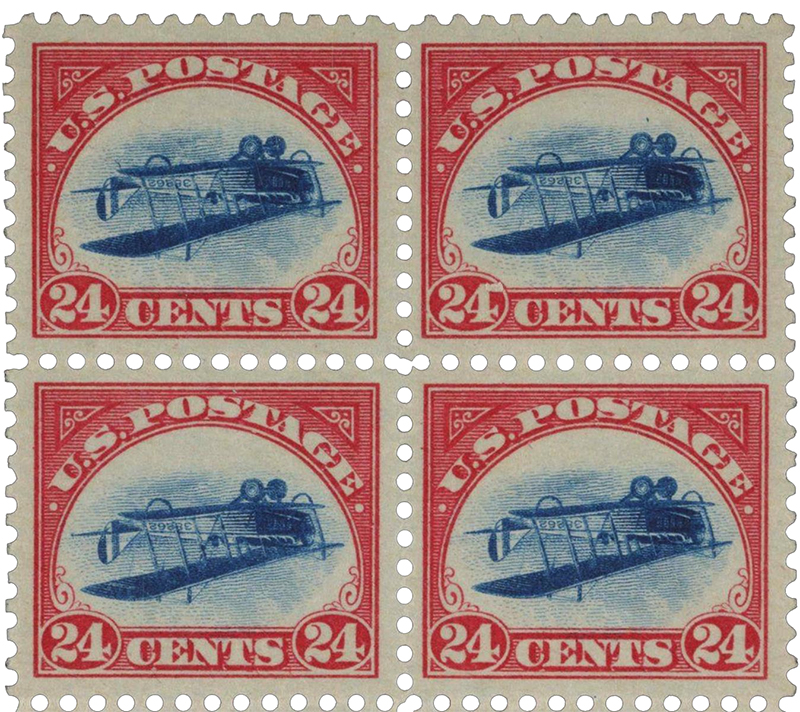
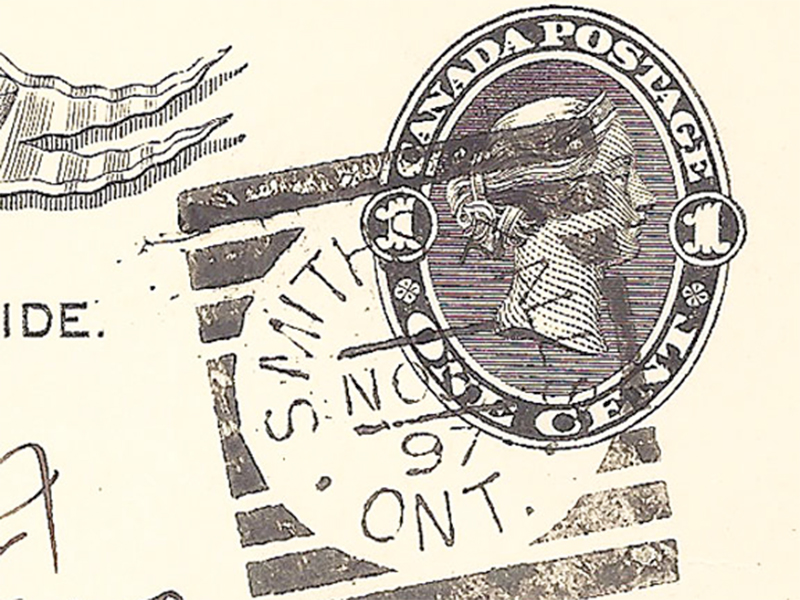

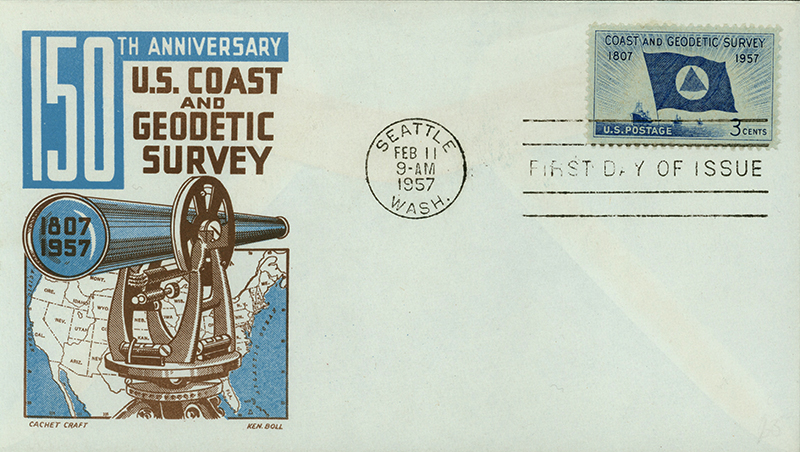



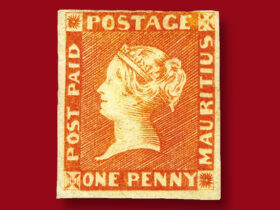
Leave a Reply